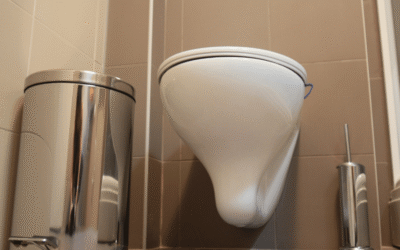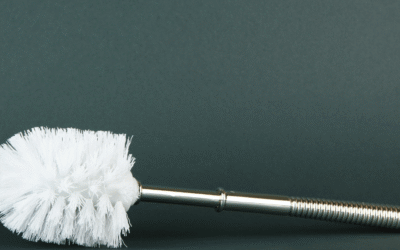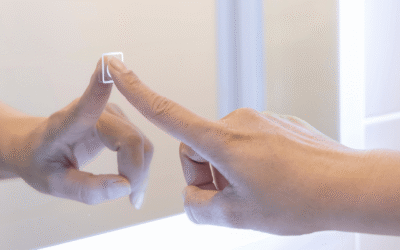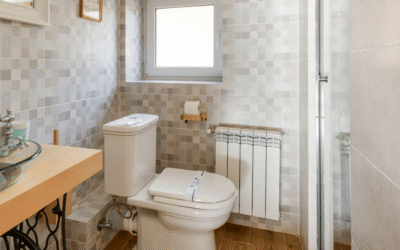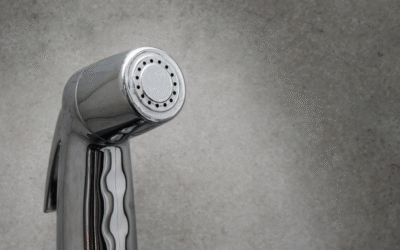Choosing the right bike tube can transform your cycling experience, making your ride faster, lighter, and more reliable. With a myriad of options available, selecting the best one can be a daunting task. From lightweight options that enhance speed to those designed for puncture resistance, the ideal tube depends on your specific needs and cycling habits.
Cyclists have long debated the merits of different materials, such as butyl rubber and latex, each offering distinct advantages. Butyl rubber tubes, for instance, are known for their durability and affordability, while latex tubes provide a smoother ride with lower rolling resistance. With advancements in technology, today’s bike tubes come with features like removable valve cores for easy maintenance, catering to both casual riders and competitive cyclists.
Understanding the nuances of bike tubes helps in making an informed decision, ensuring that your rides are not only efficient but also enjoyable.
Top Amazon Sellers
Key Takeaways
- Material Matters: Understand the pros and cons of bike tube materials like butyl rubber, known for durability, and latex, which offers a smoother ride with low rolling resistance.
- Valve Variety: Choose the appropriate valve type, Presta for road bikes or Schrader for mountain bikes, to ensure optimal inflation and compatibility.
- Size and Fit: Ensure your bike tube size matches your tyre dimensions to maintain performance and prevent punctures.
- Types of Tubes: Explore different tube types—standard butyl for durability, lightweight for speed, and puncture-resistant for rough terrains—to best suit your biking needs.
- Performance Priorities: Focus on rolling resistance, durability, and weight according to your cycling style, whether it’s for racing, commuting, or mountain biking.
- Maintenance Musts: Regularly inspect and maintain proper inflation in your bike tubes to prolong life and enhance cycling efficiency.
Key Features Of Bike Tubes
Selecting the best bike tubes enhances ride experience through improved performance and reliability.
Material Options
Bike tubes come in materials like butyl rubber and latex. Butyl rubber offers durability and is cost-effective. Latex provides a smoother ride with lower rolling resistance but loses air faster. Choosing the right material impacts overall cycling comfort and efficiency.
Valve Types
Common valve types include Presta and Schrader. Presta valves are slimmer and fit road bikes, offering easy sealant application with removable cores. Schrader valves resemble car valves, providing robustness for mountain bikes. The right valve type ensures optimal inflation and compatibility with the bicycle.
Sizing And Compatibility
Bike tubes vary in size and width to fit specific tyre dimensions. Sizes range to accommodate different 700c tyres, while width options ensure a snug fit. Ensuring the tube matches the tyre size maintains performance and prevents unwanted punctures.
Types Of Bike Tubes
Choosing the best bike tubes hinges on understanding the different types available. Among the primary types are standard butyl, lightweight, and puncture-resistant tubes.
Standard Butyl Tubes
Standard butyl tubes are popular due to their durability and affordability. They’re made from synthetic rubber, which offers good resistance to air leakage and punctures. These tubes are suitable for most everyday cycling needs, making them a dependable choice for both beginners and seasoned cyclists.
Lightweight Tubes
Lightweight tubes focus on reducing overall bike weight for improved speed and performance. Made from materials like latex, they offer low rolling resistance and enhance ride smoothness. However, they’re more porous, needing regular inflation checks and are typically favoured by competitive cyclists.
Puncture Resistant Tubes
Puncture-resistant tubes feature extra-thick rubber layers or added sealants, designed to withstand rough terrains. They provide superior safety and reliability, especially for mountain biking or daily commutes on uneven paths. These tubes are ideal for those prioritising tube longevity over weight savings.
Performance Factors To Consider
When selecting the best bike tubes, cyclists must evaluate key performance factors to match their riding style and goals.
Rolling Resistance
Rolling resistance impacts energy efficiency during cycling. Lower tyre pressure leads to increased deformation of the tube and tyre, resulting in higher energy loss through heat and friction. Cyclists seeking speed and efficiency should consider tubes with lower rolling resistance for enhanced performance.
Durability
Durability is crucial for reliable cycling over long distances. The tube’s material affects its ability to withstand abrasions and punctures. Tubes made from durable materials minimise the risk of unexpected flats, providing a more dependable ride for commuting or touring.
Weight
Weight influences cycling speed and ease of handling. Lightweight tubes offer advantages in competitive settings by reducing rotational mass. However, they require regular inflation checks to maintain optimal pressure. Cyclists focusing on performance should consider lighter tubes to enhance their riding experience.
Selecting The Right Tube For Your Needs
Choosing the right bike tube impacts ride quality and efficiency. Consider specific needs and riding style to enhance performance and comfort.
Road Cycling
For road cycling, lightweight tubes reduce rolling resistance and enhance speed. Choose narrower tubes for compatibility with slim tyres. Although latex tubes offer performance advantages, they require frequent inflation. Matching the tube diameter with the best bike tubes ensures optimal efficiency and a smoother ride.
Mountain Biking
Mountain biking demands more robust tubes. Prioritise puncture resistance and durability to withstand rough terrains. Tubes with thicker walls or built-in sealants provide added protection against punctures. Selecting appropriate widths for wider tyre designs enhances stability and control on uneven surfaces.
Commuting
Commuting requires reliable and durable tubes. Opt for standard or puncture-resistant tubes for everyday use. These tubes balance cost with protection, vital for daily reliability. Ensure the correct size fits the tyre profile to maintain consistent commuting performance and avoid frequent tube replacements.
Tips For Maintaining Your Bike Tubes
Proper care ensures longevity and performance of bike tubes, whether using latex or butyl rubber materials. Effective maintenance prevents common issues such as flats or air leaks.
Proper Inflation
Maintaining correct air pressure is crucial for optimal tube performance. Incorrect pressure leads to increased vulnerability to punctures and decreased efficiency. Cyclists should regularly check and inflate their tubes to the recommended PSI, matching both tube and tyre specifications.
Regular Inspections
Frequent examination of bike tubes helps identify potential issues before they become significant problems. Look for signs of wear, such as small cuts or abrasions, especially after rides on rough terrains. Early detection allows cyclists to address vulnerabilities, ensuring safer rides.
Patch vs Replace
For minor punctures, patching offers a quick and cost-effective fix. However, if a tube shows significant damage or frequent leaks, replacement is advisable. Weigh the cost and effort of repeatedly patching against purchasing a new tube to maintain reliability and safety.
Conclusion and Top Picks
Choosing the right bike tube is essential for enhancing any cyclist’s experience, offering a balance between speed, durability, and reliability. With various options like lightweight, puncture-resistant, and standard butyl tubes, cyclists can tailor their selection to match their specific needs and riding conditions. Understanding the significance of material choices, valve types, and sizing ensures optimal performance and reduces the risk of punctures. By maintaining proper inflation and conducting regular inspections, cyclists can prolong the lifespan of their tubes and enjoy a smoother ride. Armed with this knowledge, cyclists are well-equipped to make informed decisions that enhance their cycling journeys.
Frequently Asked Questions
What is the best type of bike tube for speed?
Lightweight tubes, often made from latex, are ideal for cyclists seeking speed due to their low rolling resistance. They provide a smoother ride but require frequent inflation checks as they lose air more quickly than other types.
How does the choice of bike tube affect puncture resistance?
Puncture-resistant tubes feature thicker rubber layers or sealants, making them more suitable for rough terrains or everyday commutes. They are designed to withstand more debris compared to standard tubes, offering enhanced safety and reliability.
Why are valve types important when selecting bike tubes?
The valve type determines compatibility with specific bike wheel styles. Presta valves, slender and often used in road bikes, cater to higher pressure levels. Schrader valves are more robust, suitable for mountain bikes and everyday cycling.
How do I choose the right size of bike tube?
The tube size should match your tyre dimensions precisely, focusing on both diameter and width. This ensures optimal performance, reducing the risk of punctures and enhancing the riding experience. Always refer to the tyre sidewall for accurate size information.
Are butyl or latex tubes better for durability?
Butyl tubes are known for durability and cost-effectiveness, making them ideal for everyday use. Latex tubes offer a smoother ride with less rolling resistance but lack in durability, requiring regular maintenance and inspection for optimal performance.








